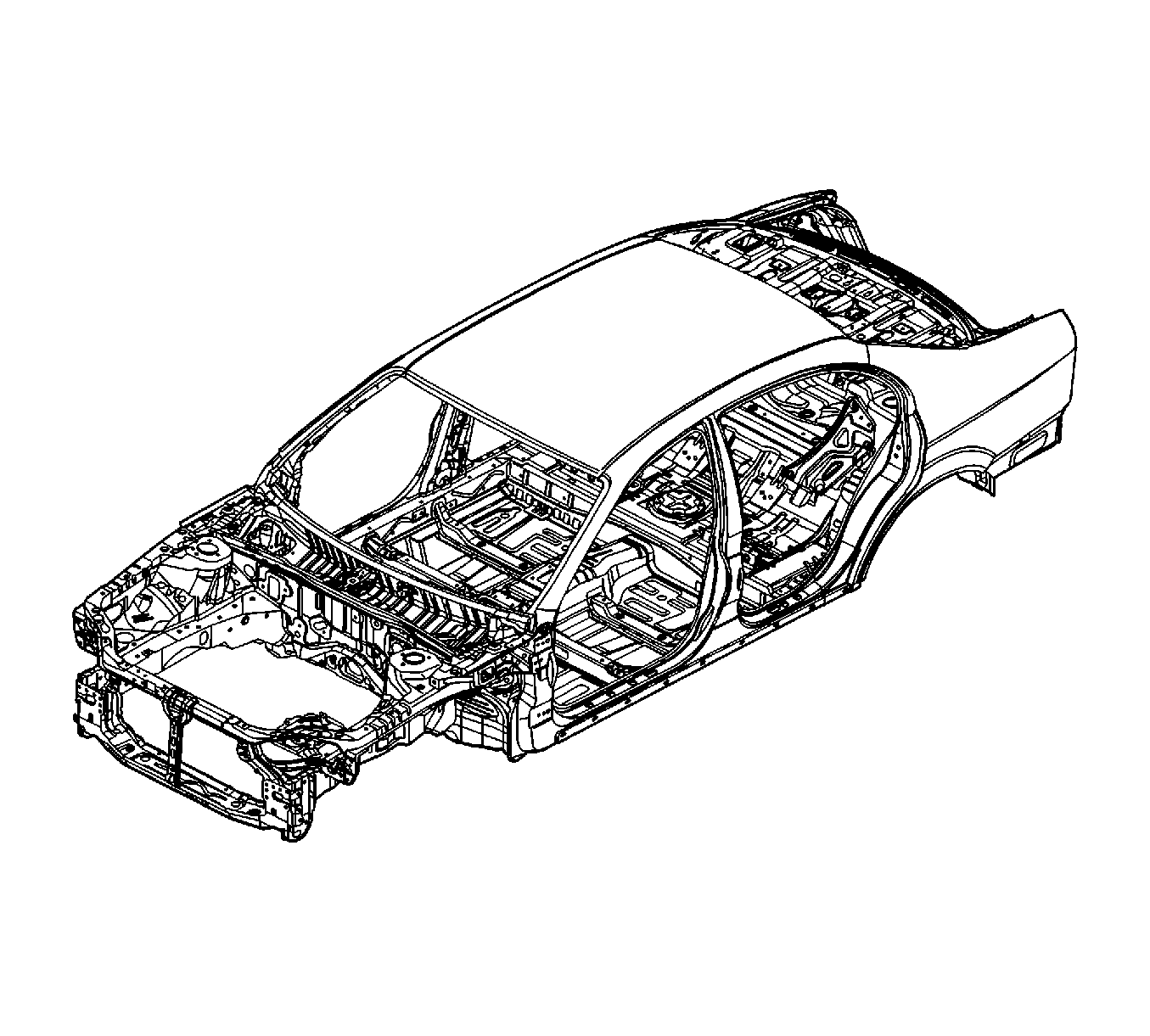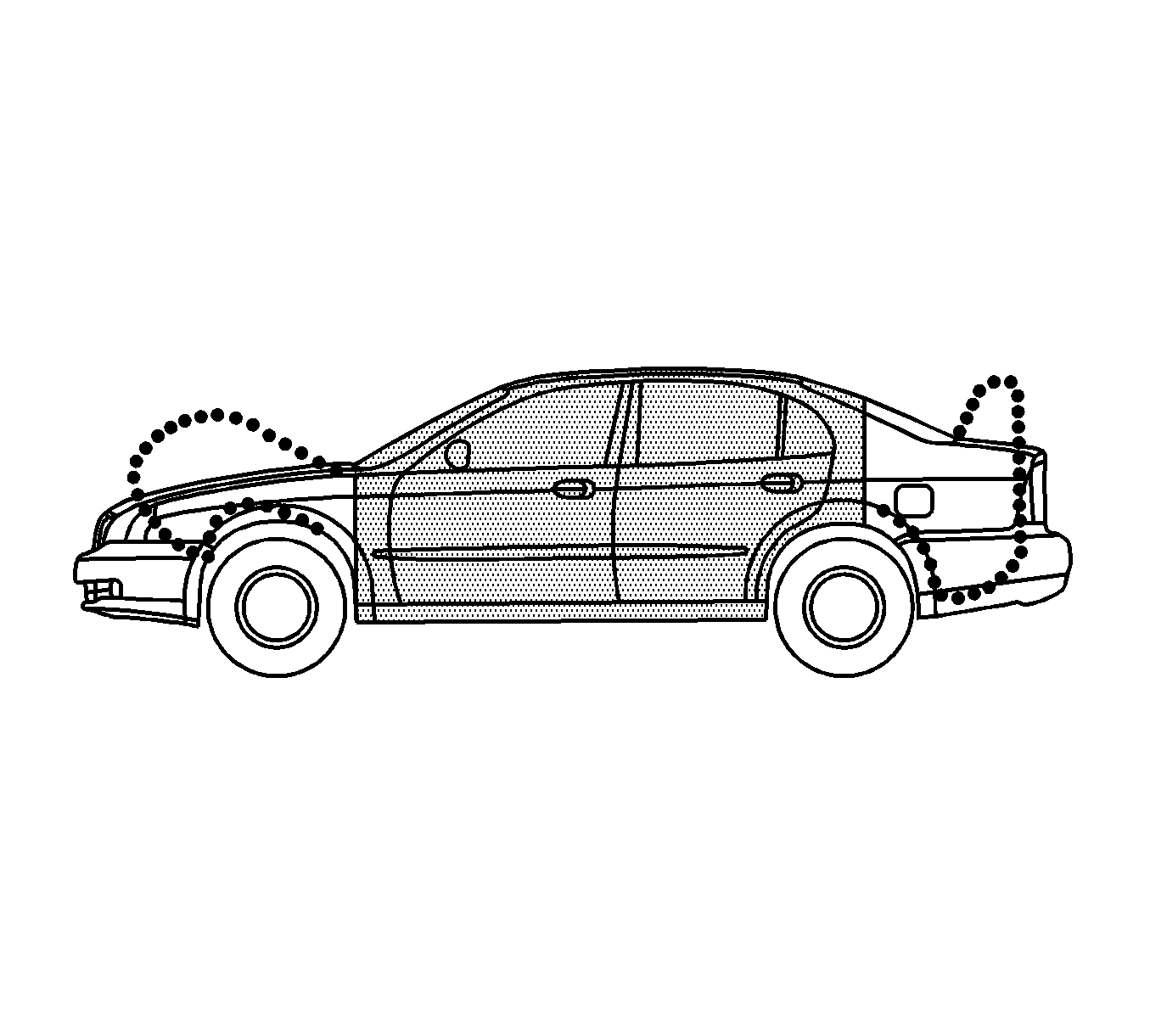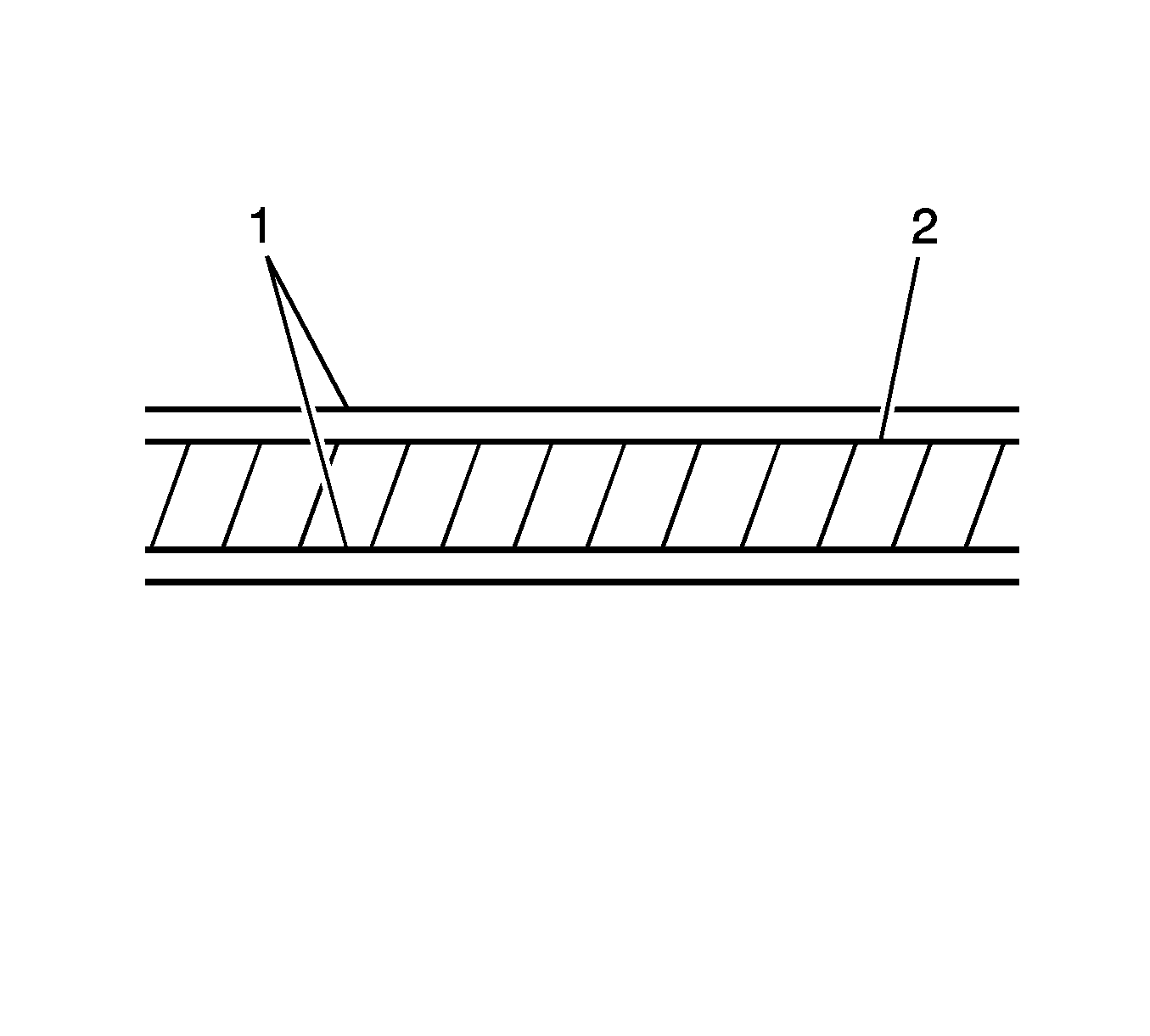Body Safety

Modern stressed-skin bodies are designed so as to have a sturdy passenger cell protected by front and rear crumple zones.
| • | In an accident the crumple zones are designed to convert impact energy into deformation work. |
| • | The shape, material and metal thickness must all be precisely matched. |
| • | Many years of experience, refined computational methods and expensive series of crash tests mean that General Motors now builds bodies giving optimum deformation in the crumple zones in frontal or rear impacts. |

When repairing body damage, it is therefore imperative to restore the original structure and strength in order to guarantee the safety zone of the occupants.
Loads On Body Parts
The earlier practice of making a distinction between load bearing and non-loading bearing parts of vehicles with a chassis and body is no longer justified now. Every part, even the windows, contributes to the overall strength of the vehicle.
Therefore, with modern General Motors bodies, one talks of highly stressed and less highly stressed parts.
Use Of New High-Quality Materials
The requirement for reduced body weight has lead to a reduction in the amount of steel used, e.g. through the use of thinner sheet steels.
This has been achieved with high strength sheet steels, in spite of the need to meet higher body strength requirements at the same time.
High strength steels have a tensile strength and a yield strength as much as 30 percent higher than conventional steel. These properties must not be destroyed when carrying out repairs, e.g. by using excessive heat.
Corrosion Protection
The durability of the bodywork, its associated long-term safety and retention of value largely depend on the corrosion protection given to the sheet metal. Here, General Motors takes a great deal of care in production.
Therefore, this corrosion protection must be preserved or restored when repairs are carried out.
Summary
| • | All General Motors vehicles are built to the highest standards in terms of styling and material properties. |
| • | These high quality standards must be maintained when accident repairs are carried out. |
| • | Mistakes made when carrying out repair operations such as straightening, welding sheet-metal parts, etc. not only produce visible defects, but may also compromise the safety of the vehicle. |
| • | Mistakes made when restoring the corrosion protection compromise durability. |
Zinc Treated Steel Plate Repair

Warning: To avoid personal injury when exposed to welding flashes or to galvanized (Zinc Oxide) metal toxic fumes while grinding/cutting on any type of metal or sheet molded compound, you must work in a properly ventilated area, wearing an approved respirator, eye protection , earplugs, welding gloves, and protective clothing.
The zinc plated (45 microns) (1) steel plate (2) used in some panels of the M150 requires different repair techniques than ordinary steel plate.
- Before spot welding the zinc plated steel plate, remove the paint from both sides of the flange to be welded. Apply sealer to the flange after welding.
- The electric continuity properties of zinc plated steel plate is different from ordinary steel plate. When spot welding, increase the current by 10-20 percent, or increase the resistance welding time.
- Before applying putty or body filler to the zinc plated steel plate, sand the zinc plating thoroughly to promote adhesion and prevent blistering.
Warning: Refer to Eye Protection Warning in the Preface section.
Note: Seal the sanded surfaces thoroughly to prevent rust.
Warning: Refer to Eye Protection Warning in the Preface section.
Note: The MIG welding procedures for zinc plated steel plate are the same as for ordinary steel plate.
Increase the number of weld spots by 10-20 percent also.
Note: Use only epoxy-based putties and fillers on zinc plated steel plate.
Deadener
Warning: Foam sound deadeners must be removed from areas within 152.4 mm (6 in) of where flame is to be used for body repairs. When reinstalling foam sound deadeners, avoid inhaling fumes as bodily injury may result.
Deadener is properly designed and applied for reduce the vibration and noise. Also, it plays in maintaining the structural rigidity of the panel.
